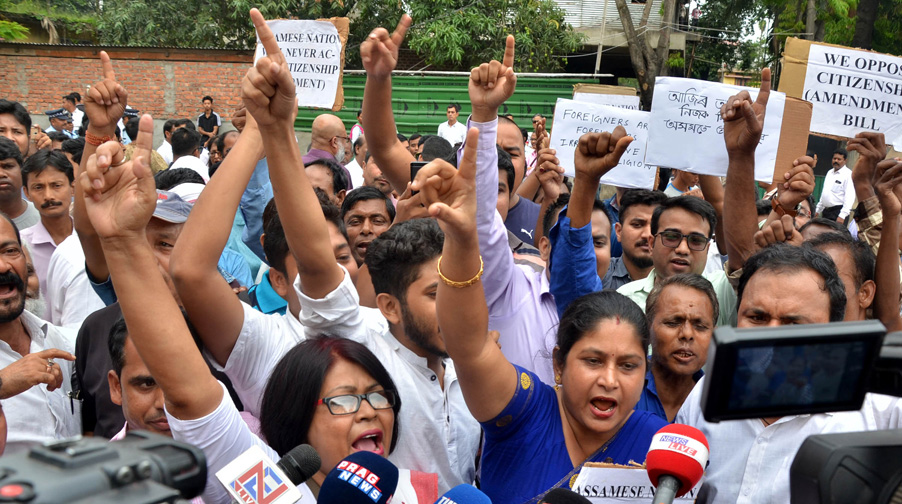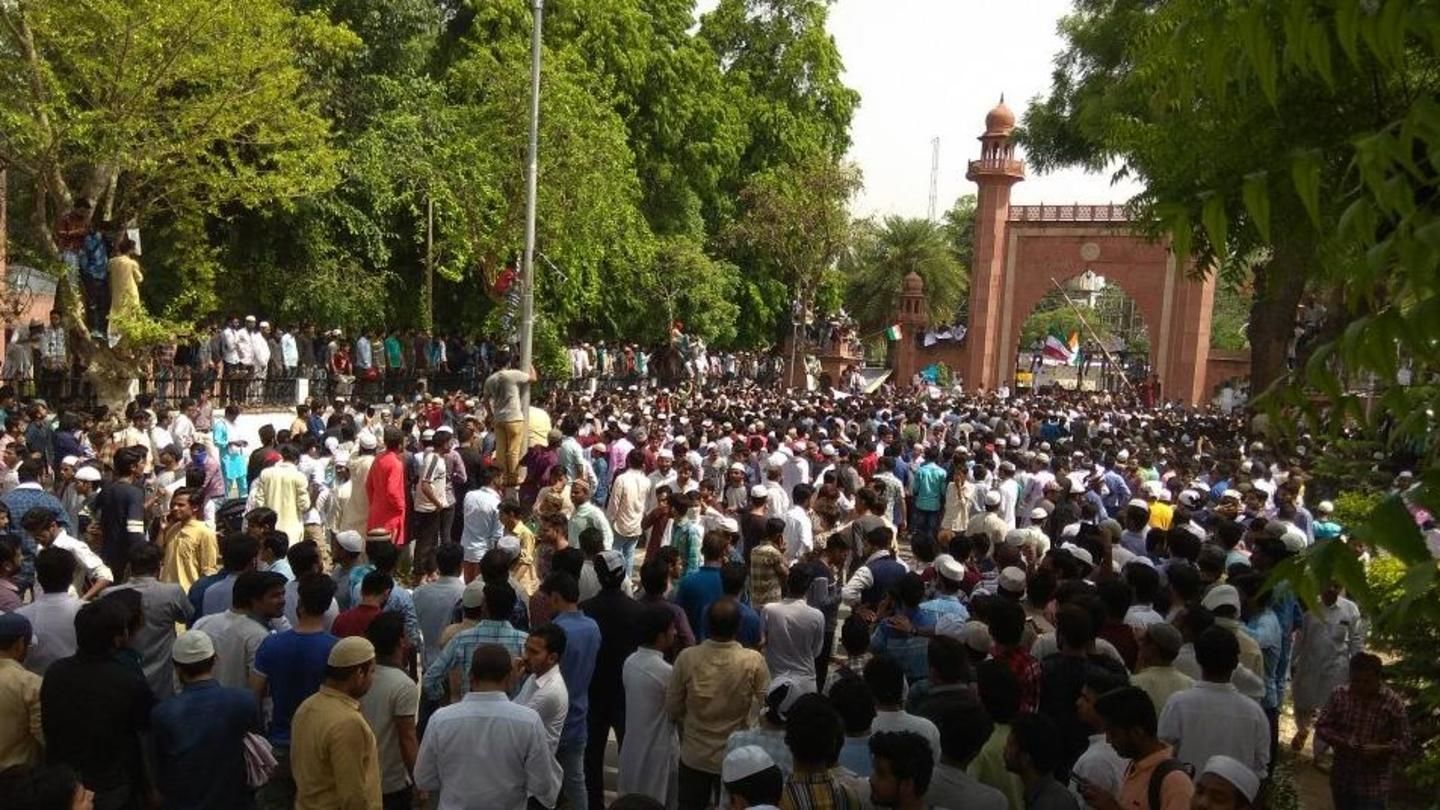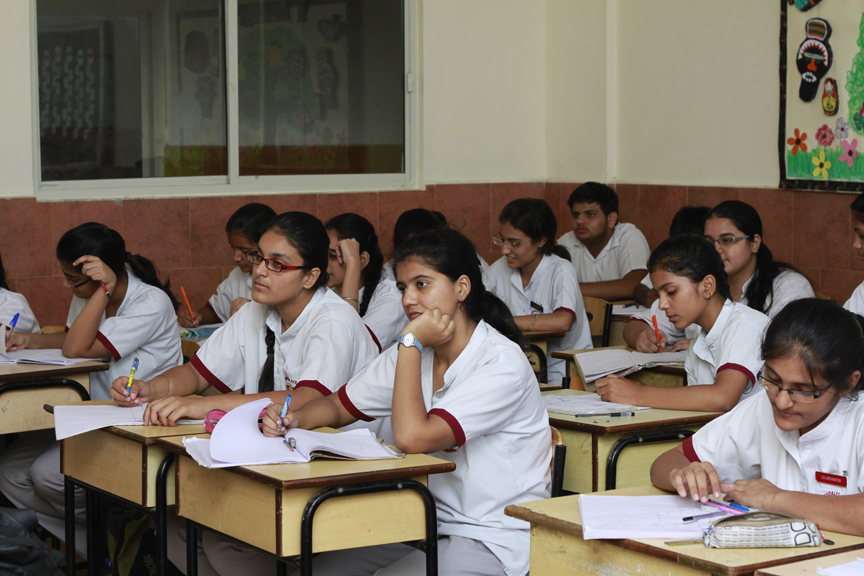
Fast-paced developments continue to worsen the political and economic crisis in Ukraine. Ousted Ukrainian President Viktor Yanukovych, who went underground and was declared ‘wanted’, later surfaced in Russia. With presidential elections slated for 25 May, an interim government has been announced in Ukraine. Yulia Tymoshenko, leader of the ‘Orange Revolution’ of 2004, has also been released from jail. Ukraine is on the verge of an economic meltdown and a political divide. It needs an immediate aid of $35bn which the US, the European Union and the International Monetary Fund, all seem eager to offer.
During the past 10 years, Ukraine has witnessed several political upheavals but the recent crisis is one of the bloodiest, leaving around 83 people dead. Seemingly, it all began with a summit held in Lithuania’s capital city on 28-29 November 2013, in which Ukrainian President Yanukovych was expected to sign an Association Agreement with the European Union (EU). The agreement would pave the way for Ukraine to become a permanent EU member. But Yanukovych skipped the summit. According to the EU, the 1200-page long agreement is one of the ‘most comprehensive’ agreements. It included a free trade area between Ukraine and the EU as well as other electoral, judiciary and constitutional reforms. The EU also offered a monetary aid of € 1.25bn. No other country has received such exclusive treatment before. The reason the EU is eyeing this southern neighbour of Russia is mainly its geo-political, economic, and strategic location as well as its natural resources.
In 2007, President Yanukovich had announced that the conditions of the agreement were acceptable to him but he backtracked at the last juncture, owing to Russian President Vladimir Putin’s intervention. Along with threats, Russia made several offers to Ukraine, to rival those made by the EU.
Putin is aware that almost every EU member is also a member of the US-led North Atlantic Treaty Organisation (NATO) allowing deployment of US troops on its land. Two and a half decades ago, the Berlin Wall fell and Germany was united. The USSR had then dissolved the ‘Warsaw Treaty Organisation’ in haste, but the US had refused to disband NATO. In fact, NATO’s purview has expanded beyond the US and Europe, to other parts of the world.
On 19 November, 2010, NATO adopted a new strategy aimed at deploying rockets as part of a missile defence system in eastern European countries neighbouring Russia. It was claimed that the rockets could destroy missiles fired from as far as 3,000 km away. Fearing a siege, Russia, a Eurasian country, asked to join the project since the objective was to provide defence to Europe. But the US and other NATO members refused and work on the project started in February 2012.
By 2020, American rockets are slated to be installed in countries including Poland, Czech Republic and the Baltic countries. The US and the EU hope to see them in Ukraine as well. NATO’s headquarters for this defence project is located at the US airbase in Ramstein, Germany. On 31 January 2012, the US entered into a separate treaty with Romania. According to it, the US will deploy 24 ‘SM-3’ anti-missile rockets at the Deveselu military base beginning 2015.
In 1962, Khrushchev had made a similar attempt by deploying Soviet nuclear rockets in Cuba. But the US had strongly opposed the step. Of course, Vladimir Putin remembers this. And so, last year, Russia stationed a 10-missile system – Iskander M, also known as SS-26 – along its border shared with Eastern European countries. With a range of 280 kilometres, the rockets are both nuclear and conventionally armed and use mobile launch vehicles. However, it is not an anti-missile shield.
There is an impending danger of a second Cold War between the East and the West. The US and its allies are once again creating an atmosphere that will lead Russia to adopt means that tainted its Soviet history. Ukraine was a crucial part of the USSR, providing foodgrains and arms, besides being home to political figures like Leonid Brezhnev. Russia and Ukraine share a long history. In 1654, Ukraine merged in Czarist Russia when Bohdan Khmelnytsky, Ukrainian national hero, revolted against the then Polish monarchy. Even today east Ukraine is pro-Russia with Russian being the predominant language. Odessa, an eastern Ukrainian city, still serves as the headquarters for the Russian Navy’s Black Sea Fleet.
The first attempt to separate Ukraine from Russia was instituted in 1918 during the First World War by its all-time rival Germany. It was with assistance from Germany that Vladimir Lenin, the pioneer of the Soviet Socialist Revolution, ended his exile in Switzerland and returned to Russia in 1917. By the end of the War, Germany had formed many allies with countries on its terrain between the Baltic Sea in the north and the Black Sea in the South. Ukraine was one of them.
Germany planned to utilise the Ukrainian crop to feed its population and its troops on the Western front. But the plan did not work out as the Ukrainians did not let the puppet German government take charge. After Germany and Austria’s defeat in the War, Lenin’s Red Army captured Ukraine in 1920. In December 1922, the USSR was formed and Ukraine became part of it. In 1991, Ukraine again became an independent country after the collapse of the USSR. Ever since, Germany, the EU and the US are eyeing Ukraine.
Since its rise as a separate nation, Ukrainian leaders as well as the people have been in a dilemma. On one hand are the enormous possibilities the EU is offering, while on the other is the centuries-old Slavic ethnicity it shares with Russia. As a result of this dilemma, the deposed President Viktor Yanukovych faced defeat as Viktor Yushchenko was elected president after the ‘Orange Revolution’ in 2004. Yushchenko, along with the then prime minister, Yulia Tymoshenko, assumed office in January 2005 and announced a pro-Western policy directed at availing membership of the EU and NATO. But they could neither improve administration in the country nor the economic condition which was their electoral agenda. Within seven months, their ties severed and President Yushchenko fired Prime Minister Tymoshenko. As a result, the EU and NATO did not consider their pro-Western policy seriously.
But the situation has reversed since the elections in 2010. Former President Yushchenko tasted a heavy defeat in the first phase. In the second phase, Yulia Tymoshenko lost to the pro-Russian Viktor Yanukovych against whom she had led the ‘Orange Revolution’. Yanukovych was elected President with a clear majority of votes. At his accession, he said that Ukraine is a bridge between Russia and the European Union, and that is why it must remain neutral. In 2011, Yulia Tymoshenko was imprisoned and accused of misusing power while she was Prime Minister. Several countries, including Germany, left no stone unturned to get her released, but did not succeed.
Russia was quiet until the EU announced that Ukraine will be signing an Association Agreement, along with Moldova and Armenia, during the Vilnius summit.
Although hopeful of unifying into the United States of Europe, discord is already mounting among the 28 EU member countries facing unemployment and debt crises. Despite the present situation, it launched an ‘Eastern Partnership’ campaign in 2009 directed at luring the former Soviet Union countries of Ukraine, Armenia, Moldova, Azerbaijan, Belarus, and Georgia. Since Armenia, Azerbaijan and Georgia are part of Asia, Russia is justified in believing this to be a siege.
A few days before the Vilnius Summit, Russia announced new laws which brought the transit traffic between Ukraine and Russia almost to a standstill. The import of meat and railway wagons also stopped. It also threatened to stop dealing with Ukrainian arms trading companies. Adding the last nail in the coffin to Ukraine’s economy, the Russian gas company, Gazprom, issued a warning to Ukraine for immediate repayment of the outstanding amount of $1.80 bn, failing which, gas supply would be cut off. The then President Yanukovych held several personal and phone meetings with President Putin. It led to his refusal to attend the Vilnius summit. In return, Putin assured him that the rate of natural gas supply would be cut down to one-third. He also offered a flexible loan of $15bn.
Meanwhile, a pro-European crowd, against the policies of pro-Russian President Yanukovych, gathered at the Maidan square in Kiev, hardly realizing that an EU membership would pull them into the whirlwind of another Cold War. The crowd gathered everyday, braving harsh weather for three months, with protests and slogan-raising around the clock.
Guiding the mob with fiery speeches and holding talks with the bewildered government was Vitali Klitschko, a 43-year old, two metres tall, heavyweight boxing world champion. He floated the Ukrainian Democratic Alliance for Reform (UDAR) party. He is also the owner of a marketing management company KMG in Hamburg, Germany. Klitschko has lived in Hamburg since 1996. Some people believe him to be a German agent in Ukraine, having met the German Chancellor Angela Merkel several times. Allegedly, Merkel wants him as the next president of Ukraine. Besides Merkel, he enjoys support of the European conservative parties. In January, the annual conference on international security policy was held at Munich where several Western leaders including US Foreign Minister John Kerry and NATO General Secretary Rasmussen appeared enthusiastic to meet Klitschko.
Klitschko and key members of his party have learnt the ABC of politics from the Konrad Adenauer Foundation run by Merkel’s party Christian Democratic Union (CDU). The foundation provides logistic support to Klitschko on behalf of Germany. Merkel and Klitschko met on 17 February 2014 in Berlin to discuss the same. Merkel assured Klitschko that Germany and the European Union will spare no effort to contribute in bringing a positive end to the on-going crisis. In 2010, he was awarded the German Federal Cross of Merit. According to some, the Maidan square riots and bloodshed were instigated by Klitschko with orders from Germany. Germany is eyeing Ukraine, the second largest import-oriented economy after China. Ukraine, with a population of roughly 4.7 mn, is a market where everything sells. Its natural resources can be seamlessly tapped. It is also home to a low cost work force, including engineers, doctors and skilled industrial workers.
Germany leads the 28-member European Union and the US treads behind. Together they successfully split Yugoslavia in the 1990s. Now they are intent upon encroaching Russia’s borders. Addressing the protestors gathered at the Maidan square last December, 77-year old US Senator John McCain declared, “People of Ukraine! The United States is with you!”
In his book, The Grand Chessboard, former US National Security Advisor Zbigniew Brzezinski explained why the US would back Ukraine. He writes, “Russia without Ukraine would become a predominantly Asian imperial state.” It would then be at risk of being dragged into the conflicts of the middle-eastern nations. But if it were able to gain control of Ukraine, the Russian Federation would be a ‘powerful imperial state’.
Dozens of European and US governmental organisations and NGOs are generously spending on the protests in Kiev. They are providing monetary assistance to the rioters. One such philanthropist, George Soros, told an online magazine that his trust has played a key role in dethroning Vladimir Meciar in Slovakia, Franjo Tudjman in Croatia and Slobodan Milosevic in Yugoslavia. His ‘Open Society Foundation’ is doing the same in Ukraine. Several notable people including the former US foreign minister Madeleine Albright are amongst the supporters of the foundation. Brands like Coca Cola, ExxonMobil or Washington Times are also actively participating in the Ukraine crisis in the guise of some trust, foundation or NGO.
Needless to say, what appears on the surface to be a spontaneous mass movement is in fact a planned strategy to recreate a Cold War like situation. Currently, the Western faction seems to have got the upper hand as things seem to be going in their favour. But as a popular German saying goes, ‘don’t praise the day before the sun has set’.
The author is a former editor of Deutsche Welle Hindi
(Translated from TEHELKA Hindi by Naushin Rehman)




